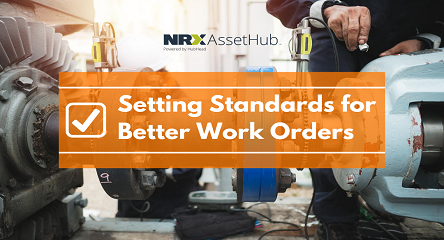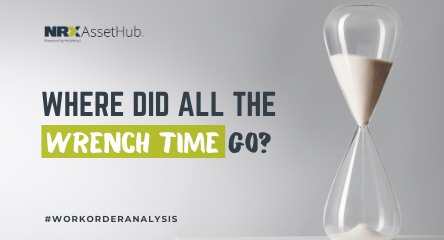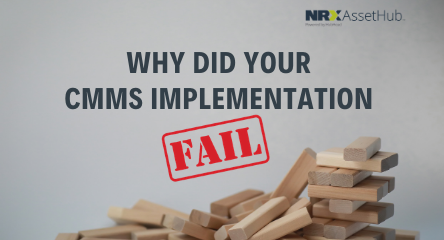Two Minute Tips
Where Did All The Wrench Time Go?
You are probably aware of the numerous benefits preventive maintenance (PM) has on your organization. From increased uptime to saving millions of dollars, preventative maintenance can ensure longer asset life due to lower significant repairs. However, some of these PMs can be costly to your business if they are outdated or poorly chosen.
Over-maintenance and wrench time
When you assign specific preventive maintenance tasks, there may be a possibility that you are wasting valuable wrench time from over maintaining equipment. This is usually the case when PM intervals are poorly chosen or outdated. This can happen for a variety of reasons:
1. Failed equipment: The goal of preventive maintenance is to detect and immediately take control of assets before they become a failure. But with poor work order analysis or EAM/CMMS system analytics, these failed assets may be overlooked, and therefore your team spends more time trying to repair assets that should have been replaced.
2. You chose the wrong assets: Some assets do not require preventive maintenance, and it is essential to identify them so that much time isn’t wasted on trying to maintain these assets before a breakdown. Using PM for these kinds of assets will not only result in wasted wrench time, but it may actually increase the likelihood of a breakdown.
3. Out-of-date PM intervals: Tracking your PM timelines is crucial since it gives you an estimate of exactly how much time you need for your maintenance activity. Most PM tasks are performed at scheduled PM intervals, and if your schedule is haywire or inconsistent, you could be wasting a lot of valuable wrench time over planning and scheduling these tasks.
Save time, save money
Measuring wrench time can provide you with insights into the overall productivity and quality of your equipment. Over maintaining equipment may not precisely yield the results you are looking for, and therefore critically analyzing your data and assets can help you achieve better results





